BizTucson: Fall Issue 2021
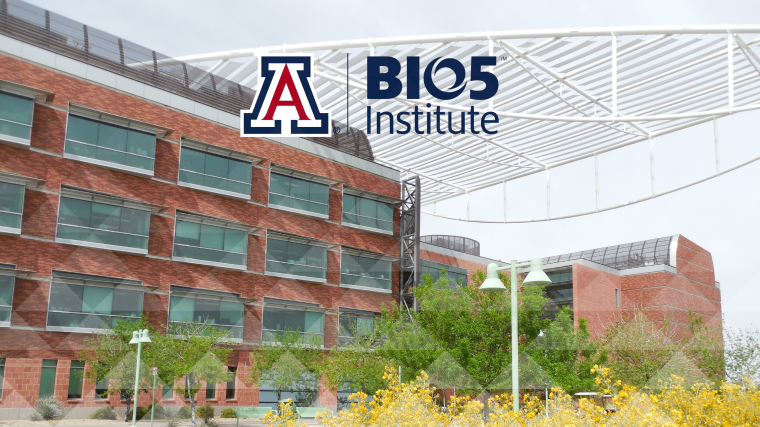

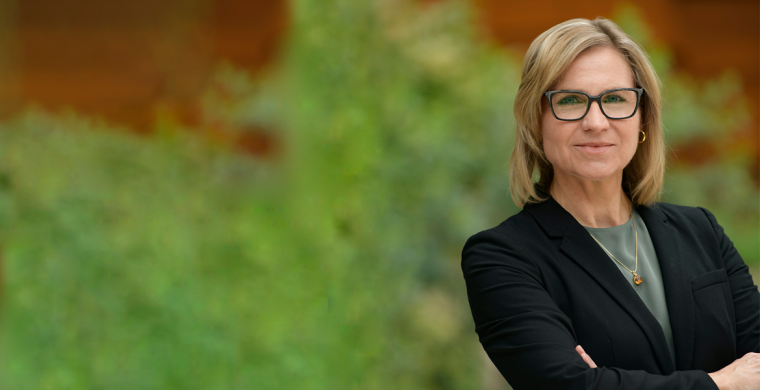

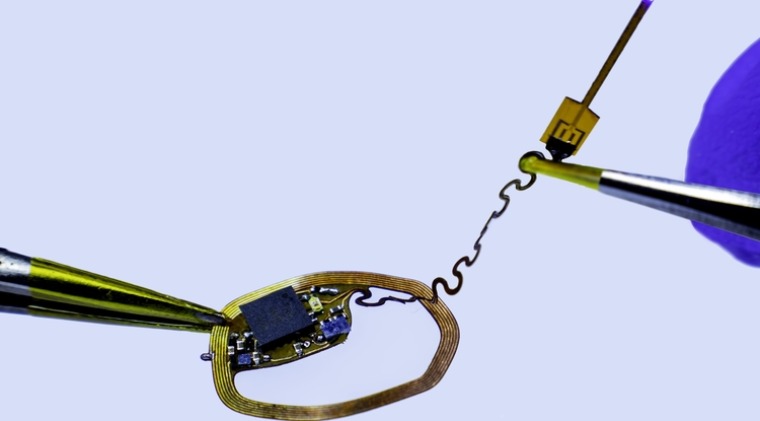
A team of researchers, including UArizona Biomedical Engineering professor and BIO5 member Dr. Philipp Gutruf, have developed a device that could provide unique insight into the mechanisms of pain, depression, addiction and certain diseases. The ultra-small, wireless, battery-free device uses light to record individual neurons so neuroscientists can see how the brain is working.
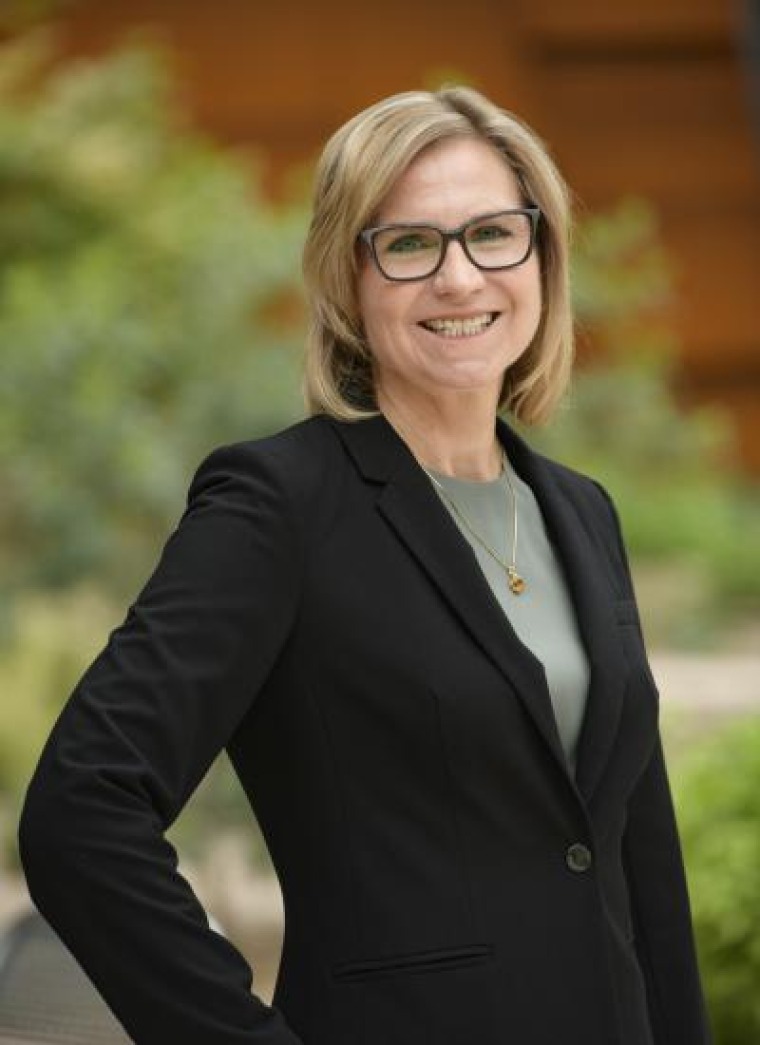
BIO5 director and UArizona Biomedical Engineering professor Dr. Jennifer Barton recently spoke with SPIE - the international society for optics and photonics, where she serves at the co-chair for their BiOS program. During their conversation, Dr. Barton gave a conceptual tour of the labs of Drs. Clara Curiel, Philipp Gutruf, D.K. Kang, and Judy Su, and discussed how their research is impacting bioscience fields.
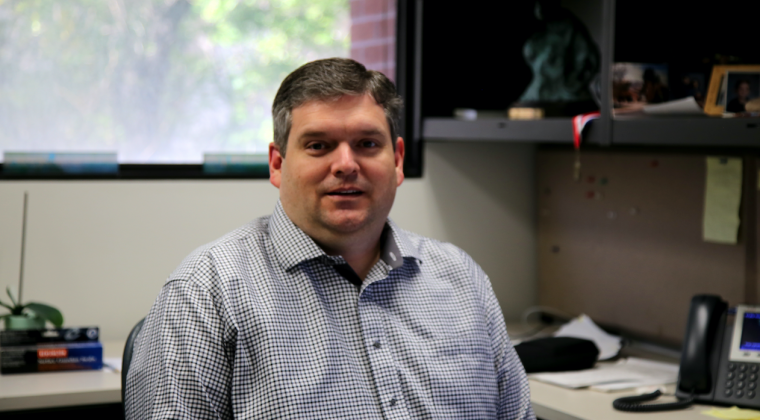
With funds from the National Institute of Health, Dr. Nathan Cherrington, UArizona College of Pharmacy Associate Dean for Research and Graduate Studies and BIO5 member, has created a non-invasive diagnostic to determine if someone has Nonalcoholic Steatohepatitis (NASH). NASH is a chronic liver disease that irregulates the function of the liver and affects an estimated 30 to 50 million patients, with only around 300,000 of them being properly diagnosed. Currently, the only diagnosis for NASH includes a painful liver biopsy, which can result in heavy blood loss.

Dr. Kaveh Laksari, UA Assistant Professor of Aerospace-Mechanical Engineering and Biomedical Engineering and BIO5 member, along with researchers from Stevens Institute of Technology and Worcester Polytechnic Institute, look at the vulnerabilities of different brain regions and how this can impact the severity of damage from traumatic brain injuries.
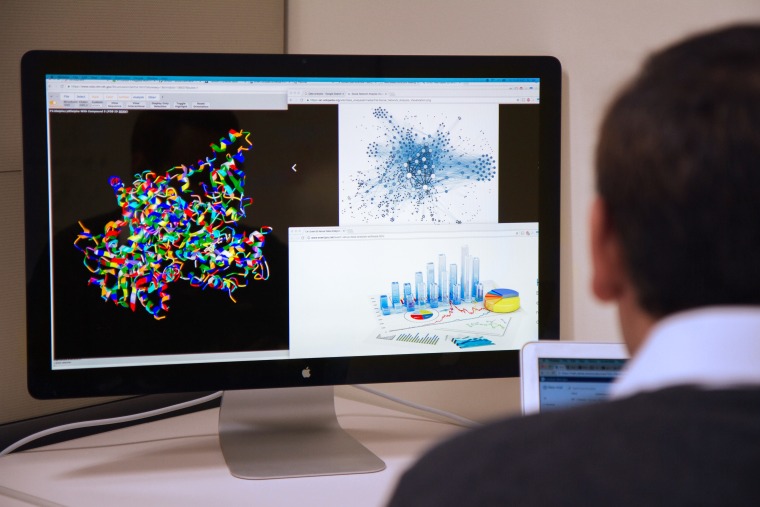
The UA's Data Science Institute, known as Data7, a unit of the Office of Research, Discovery and Innovation, is focused on connecting researchers, fostering collaboration and promoting literacy across campus. UA-TRIPODS, an integrated research and educational institute funded by the National Science Foundation, shares these goals and also is focused on developing new algorithms and foundational approaches necessary for large-scale data-driven research.
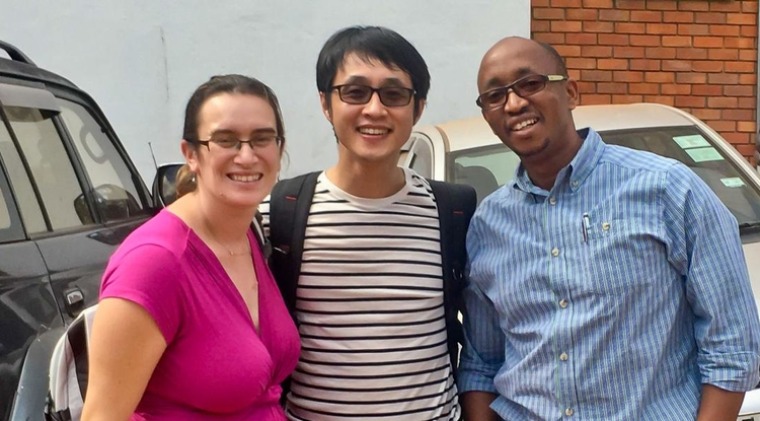
Using an affordable, portable device that attaches to a smartphone, BIO5 member Dr. Dongkyun “DK” Kang, Assistant Professor in the UA Department of Biomedical Engineering and the College of Optical Sciences, and his collaborators hope to save lives of those suffering from cervical cancer in rural Africa.
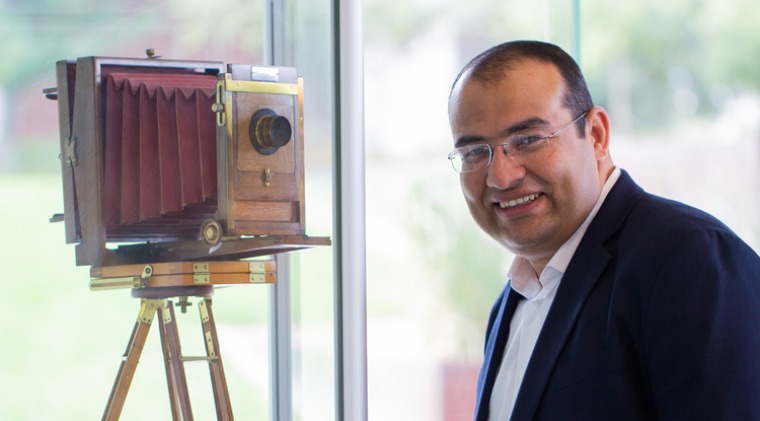
BIO5's Dr. Mohammed Hassan, UA Assistant Professor of Physics and Optical Sciences, wants the UA to be the first place where humans take a photo of an electron in motion. Thanks to $1.75M in grants, Hassan says he will make that happen in the coming years.